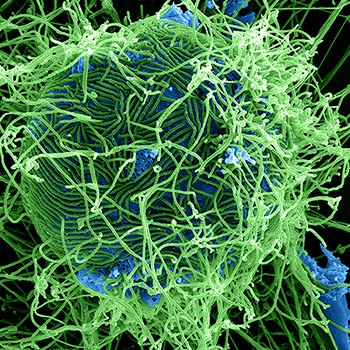What is the arclength of #f(t) = (sqrt(t^2-t^3),t^3-t^2)# on #t in [-1,1]#?
2 Answers
Explanation:
We have
then
by the chain rule
then
by the power rule
so we have to solve
we get by a numerical method
Explanation:
It is easy to see that the curve traced out in this case is part of a parabola
Thus, the infinitesimal arc-length between two neighboring points on this curve is given simply by
The only real problem in calculating the total arc length is that as
graph{sqrt(x^2-x^3) [-1.1, 1.1, -0.5, 1.5]}
As can be seen clearly, the value of
- changes monotonously from
#sqrt 2# to 0 as#t# goes from -1 to 0. - After this, it increases from 0 to some
#0 < x _0 < 1# as#t# increases from 0 to some#0< t_0< 1# - and then returns from
#x_0# back to 0 as#t# goes from#t_0# to 1.
It is easy to see that
So the parabola
- from
#x=sqrt 2# to#x=0#
arc length#L_1=| int_sqrt2^0 sqrt{1+4x^2}dx|# - from
#x=0# to#x=x_0=sqrt{4/27}#
arc length#L_2=| int_0^{sqrt{4/27}} sqrt{1+4x^2}dx|# - from
#x=x_0=sqrt{4/27}# back to#x=0#
arc length#L_3=L_2#
Since
we have
Thus the total arc length is


